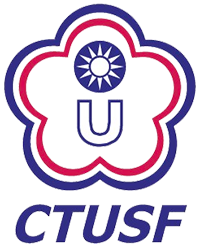Sports & Exercise Research Volume 23 Number 2
Author:Ching-Kun Chen ; Cheng-Yi Huang ; Tasi-Chu Wang ; Shyan-Lung Lin ; Chieh-Liang Wu ; Jer-Yan Lin ; Ting-Yen Yao ; Yi-Hua Ko
Period/Date/Page:Vol. 23 No. 2 (2021 / 06 / 30) , P183 - 209
DOI:10.5297/ser.202106_23(2).0006
Heart Rate Variability Analysis for Distinct Cardiopulmonary Fitness Norms Under Different Exercise Intensities
Abstract:In this experimental study, university freshmen were recruited as participants, who scored in the top, middle, and bottom 20% of the cardiopulmonary fitness norm with the 1,600-m run/walk test. Cycling was employed as exercise instrumentation for cardiopulmonary endurance with three intensity levels, including light, moderate, and vigorous exercise, based on their maximal heart rate. Participants' dynamic cardiopulmonary physiological signals were measured under rest, exercise periods under distinct intensity levels, and also during recovery periods after exercise. The acquired data were processed with time domain and frequency domain. Statistical analysis unveiled significant differences of cardiovascular response and muscle activity among the groups. The participants of bottom 20% group further performed a short-term intensive exercise program, and repeated the same experimentation to examine the cardiopulmonary physiological signals and electrocardiography (ECG), and also determine the effect of intensive exercise on the heart rate variability (HRV) index. The experimental results revealed that: (1) the bottom cardiopulmonary fitness norm group appeared to have insufficient ability to regain the heart rate back to resting level during the recovery periods. The breathing frequency and its variation were also showed significant differences among the groups during the recovery periods. (2) The better cardiopulmonary fitness norm groups appeared to attain higher time-domain HRV indices values during the recovery periods. The bottom group might improve index values after the short-term intensive exercise. (3) The HRV frequency-domain indices exhibited good indication for the superior cardiopulmonary fitness norm groups to access superior recovering ability during the recovery periods. This study concludes that the time domain and frequency domain indicators of HRV can be used as an important observation basis for the strength or improvement of cardiopulmonary fitness under moderate exercise intensity. (Full text)




